Opening cooling shelters for citizens to escape the heat during the summer is not a new concept in China, especially as the country enters the “San Fu” period (the hottest 30 days of the year from mid-July to mid-August).
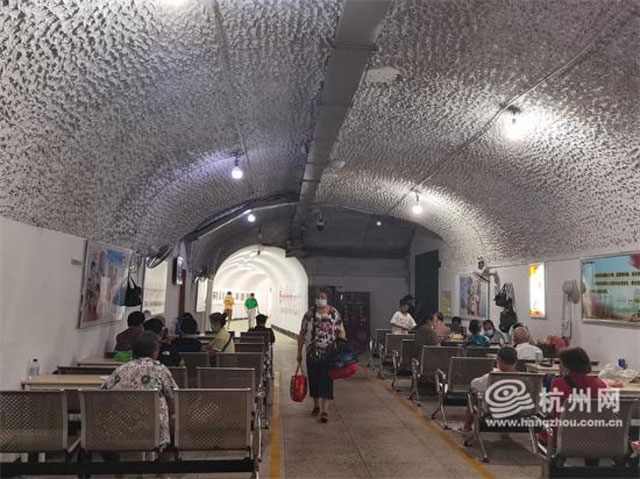
This year, due to prolonged hot weather, with temperatures reaching up to 44°C in some areas, the demand for cooling shelters has surged in many places. Pictured is the cooling shelter named Sipailou in Hangzhou, Zhejiang Province. (Photo: Hangzhou Network).
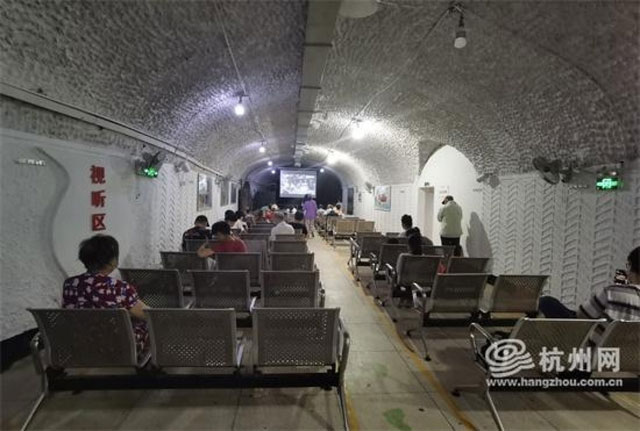
Sipailou is built inside a mountain, measuring about 500m in length with a total area of over 1,000m2, providing more than 150 seats. The temperature here is around 22-24°C and decreases further as one goes deeper inside. (Photo: Hangzhou Network).
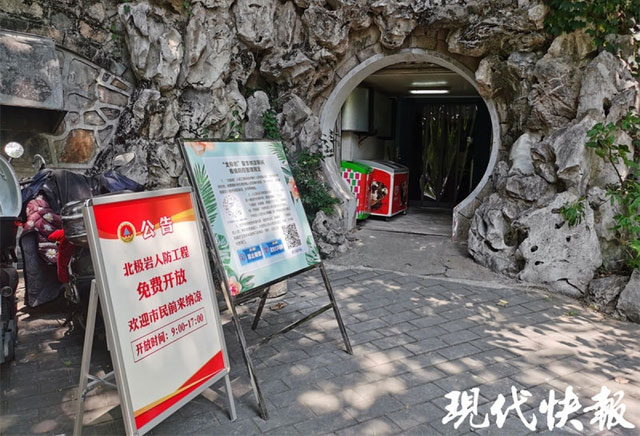
Entrance to a cooling shelter in Nanjing, Jiangsu Province. (Photo: Modern Express).
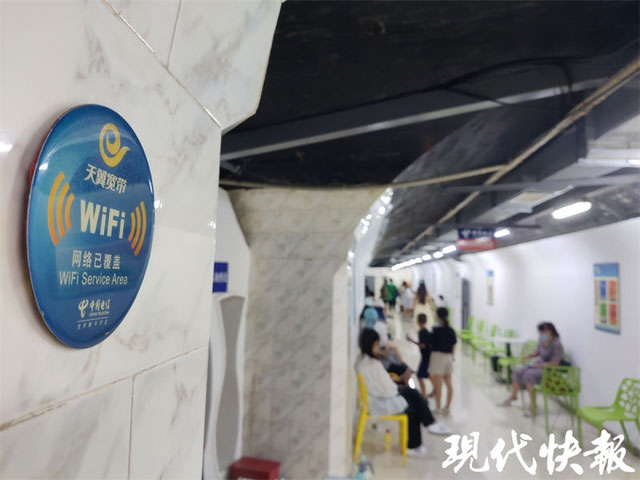
This cooling shelter is equipped with Wi-Fi. (Photo: Modern Express).
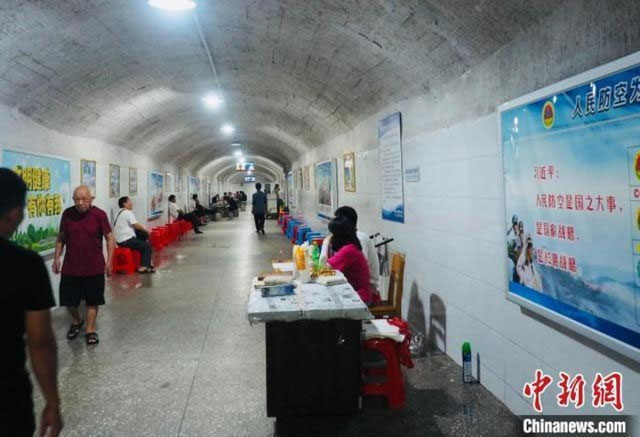
Cooling shelter in Liuzhou, Guangxi. (Photo: Chinanews).
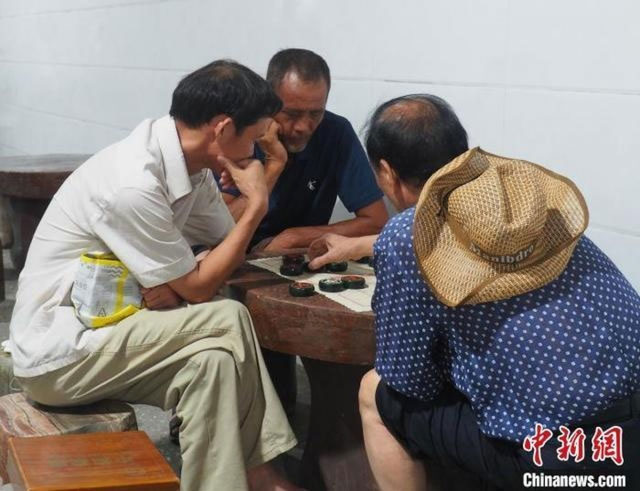
People playing chess inside the shelter. The temperature here is 24°C. This year, the city will open 3 shelters for residents from July 15 to mid-September. (Photo: Chinanews).

The cooling shelter in Wuhan opened on July 6. This shelter remains open until 9 PM, while most other shelters close at 5 PM daily. (Photo: IC photo).
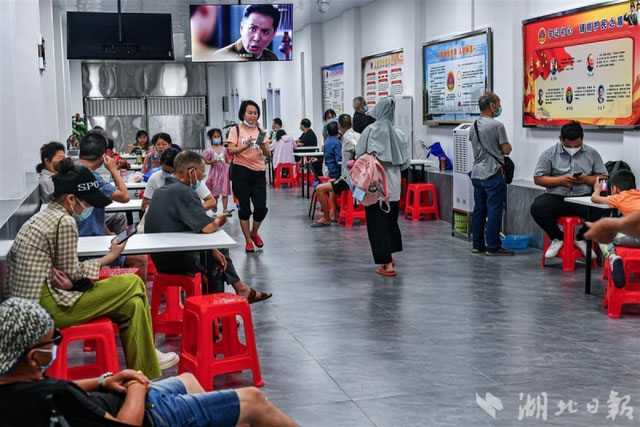
This cooling point can accommodate 100-150 people; however, due to ventilation and epidemic prevention requirements, it can currently only hold 50 people at a time. (Photo: Hubei Daily).

People come here to relax, study, and work. (Photo: Hubei Daily).
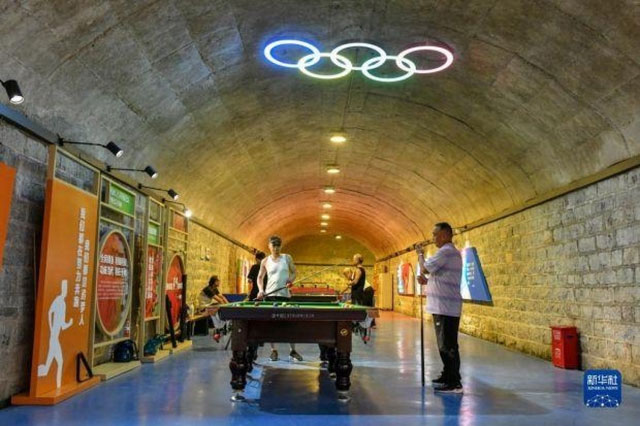
Residents playing billiards in a cooling shelter in Jinan, Shandong Province. (Photo: Xinhua).
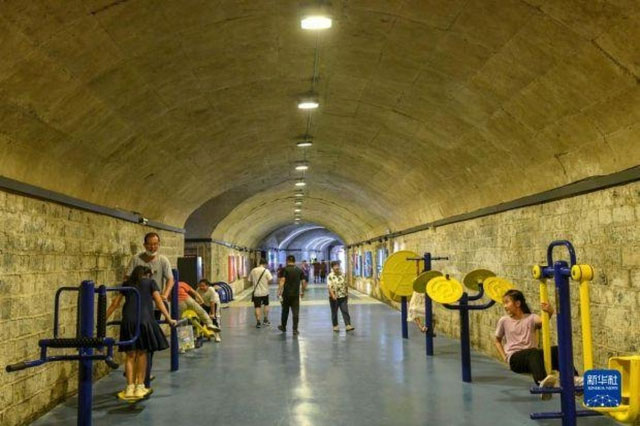
Jinan has opened 9 free cooling shelters this summer, covering an area of over 100,000m2. (Photo: Xinhua).
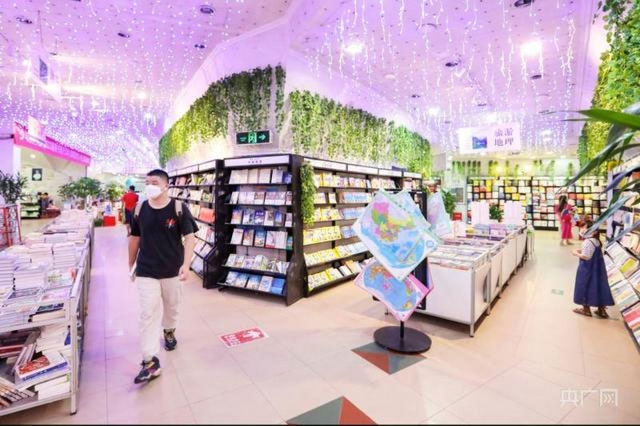
An air raid shelter transformed into a Book City in Fuzhou, Fujian, with a temperature difference of over 10°C compared to the outside. (Photo: CNR).

In the late 1960s and early 1970s, civil air defense projects were constructed extensively in China. Later, to avoid waste and to achieve three objectives – “preparing for war, serving the economy and society” – localities converted these bomb shelters into wine cellars, restaurants, bookstores, or public cooling areas.
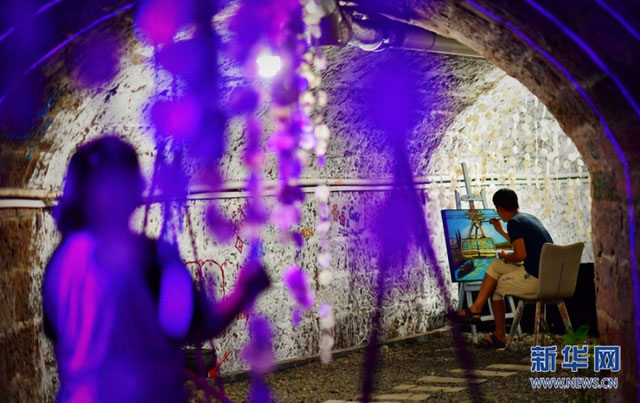
People escaping the heat while creating art. (Photo: Xinhua).


















































